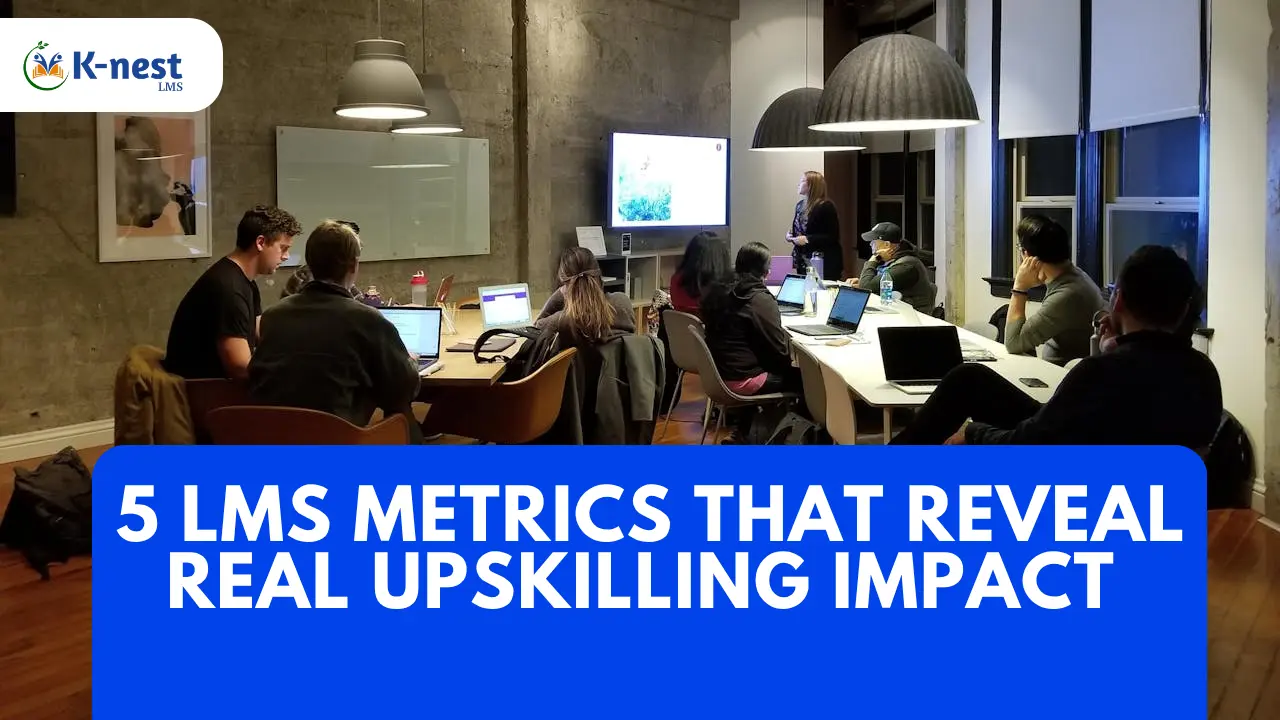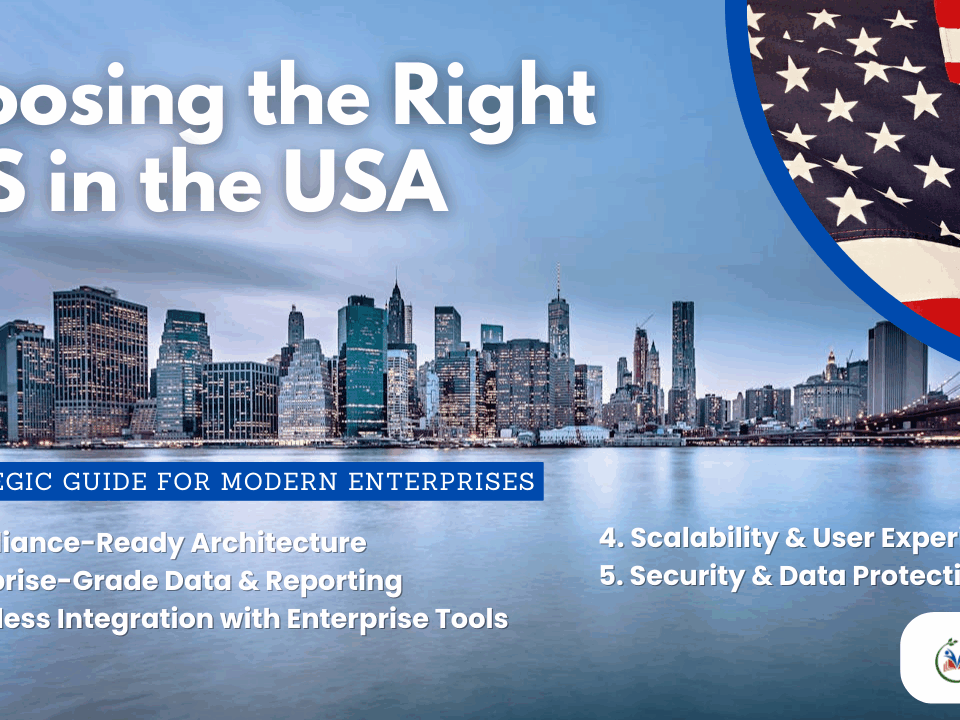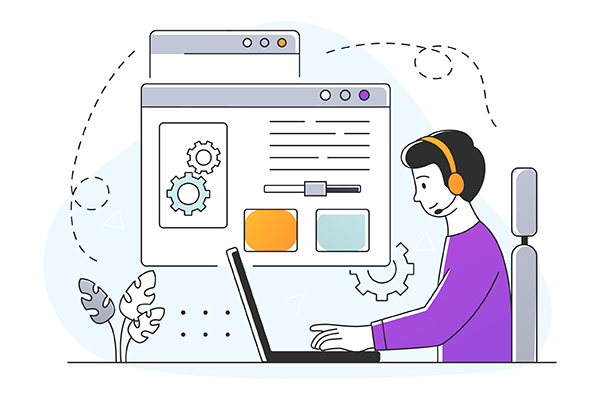
Choosing the Right LMS in the USA: A Strategic Guide for Modern Enterprises | K-Nest LMS
May 21, 2025Is Your LMS Actually Helping You Upskill? 5 Metrics That Tell the Truth
As we expand into the U.S. market, partnering with forward-thinking enterprises across sectors—from manufacturing to healthcare to enterprise SaaS—one thing has become increasingly clear: many companies are using Learning Management Systems (LMS) without truly knowing if they’re working.
Upskilling is now a boardroom priority. Yet, organizations still rely heavily on surface-level metrics like course completions or login activity to measure success. In our work with global clients, we’ve found that real upskilling impact demands deeper insights—the kind that not all LMS platforms are built to deliver.
If you're investing in training, you deserve to know if your platform is actually building skills, not just distributing content.

5 Critical Metrics that Reveal the Real Performance of your LMS
- Skill Gap Closure Rate
Upskilling isn't about content consumption—it's about transformation. The key question is: Are learners better at their jobs after training than before?
Track how many users:
- Improved their assessment scores after completing modules
- Achieved competency-level benchmarks in skill assessments
- Successfully applied newly acquired skills to their roles (via manager feedback or performance data)
Why this matters:
In the U.S. workforce, skill needs are shifting faster than ever. If your LMS can't help identify, track, and close those gaps, it’s not supporting true business agility.
- Time to Competency
It’s not just about if learners build skills, but how fast they reach proficiency.
This metric measures the average time it takes for a new hire or re-skilled employee to meet role-specific performance benchmarks after completing LMS-based training.
What to watch:
- Is training content enabling faster onboarding or task readiness?
- Are learners meeting KPIs earlier due to structured digital learning?
Why this matters:
Especially in industries like healthcare, logistics, and tech, time-to-competency is directly tied to productivity and profitability. Your LMS should accelerate—not delay—skill mastery.
- Content Engagement vs. Completion
Completion rates only tell part of the story. Engagement metrics reveal whether learners are genuinely interacting with content.
Look for:
- Average time spent per module or assessment
- Drop-off points within a course
- Repeated attempts or skipped sections
Why this matters:
High completion with low engagement often signals passive learning. In contrast, interactive modules, scenario-based training, and knowledge checks tend to generate meaningful engagement and stronger retention.
- Post-Training Performance Uplift
This is where learning meets operations. You need to measure whether training directly impacts the metrics that matter—be it sales growth, reduced error rates, faster project delivery, or customer satisfaction.
Methods to capture this:
- Tie LMS analytics with HRIS or performance systems
- Compare pre- and post-training metrics on key business tasks
- Survey managers on observed skill improvements
Why this matters:
U.S. companies are increasingly demanding proof of ROI from every learning initiative. If your LMS isn’t helping drive measurable performance improvements, it’s not serving its full purpose.
- Learner Feedback and Confidence Scores
Sometimes the most valuable insights come straight from the learner.
Use surveys or embedded feedback tools to measure:
- Self-assessed skill confidence before and after a course
- Content relevance and perceived value
- User experience with the platform and delivery
Why this matters:
Gen Z and millennial employees—now the largest part of the U.S. workforce—value transparency, personalization, and continuous development. They’re also more likely to disengage from outdated or irrelevant content. Their feedback can be a leading indicator of long-term training success.
Your LMS Should Tell a Clear Story
As we bring our LMS solutions into the U.S. market, we’re guided by one question:
Can we help companies make training measurable, strategic, and truly transformative?
Many organizations we’ve worked with were using platforms that reported the “what” (completions, logins) but not the “why” or “how” of learning impact. Once we helped them track the right metrics, the difference was clear—better content decisions, stronger engagement, and improved operational outcomes.
If your LMS can’t deliver these 5 insights, it may be time to re-evaluate what it’s doing for your workforce—and your business.



